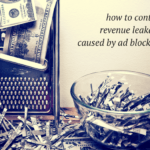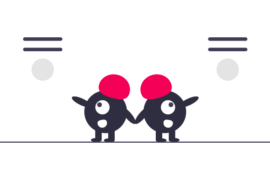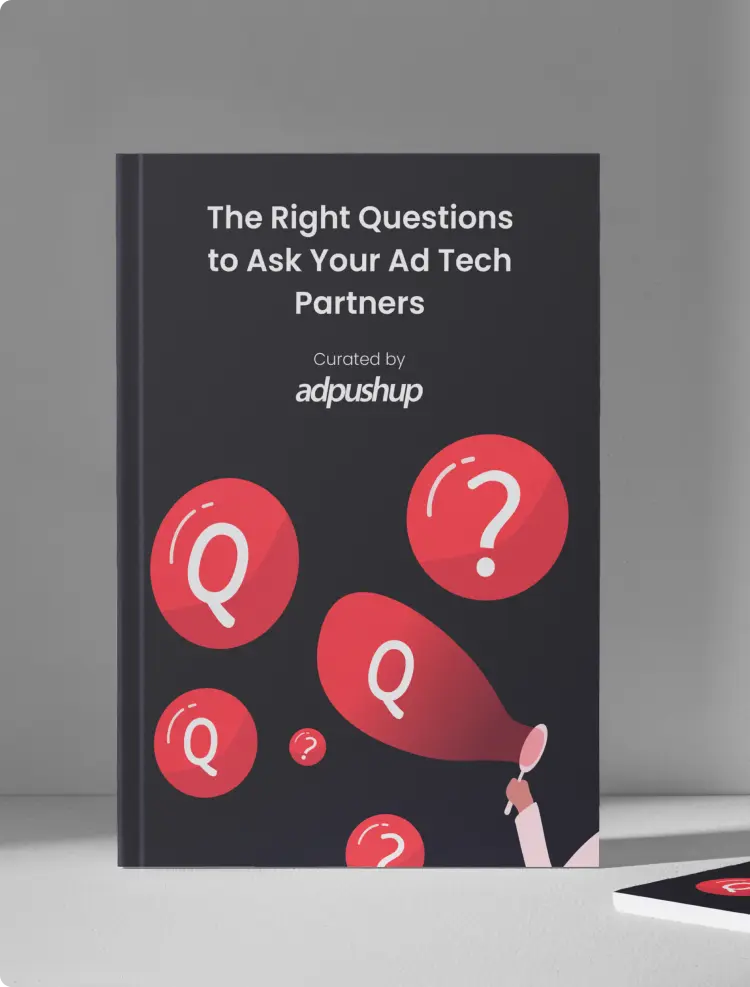
Google recently announced on its AdWords blog that the Google Display Network is going 100% viewable in the coming few months.
This means that going forward, publishers will be paid only for the ads that are fully viewable by the user at the time of serving. Advertisers will be paying a 30 percent premium to use this new viewable ads model.
Here’s the update from their blog:
Most display ads — 56% in fact — never had a chance to be viewed because they were below the fold, scrolled out of view, or in a background tab. Soon, we’ll make the GDN one of the only media platforms where advertisers don’t pay for an ad impression unless it was viewable. This means your media dollars will only be spent where they can have impact. In the next few months, all campaigns that buy on a CPM basis will be upgraded to be viewable CPM (vCPM).
Currently, viewability is defined by Google using the Active View technology, in which an ad is counted as “viewable” when at least 50 percent of the ad shows on screen for one second or longer for display ads, and two seconds or longer for video ads.
What This Means for Publishers
While this is great news for advertisers, publishers will now have to pay more attention to their ad layout and make their website’s user interface a priority.
Advertisers will likely choose websites where their ads will have relatively higher viewability rates to keep their campaigns manageable and optimized.
Although this move doesn’t affect publishers working on a CPC model, those on a CPM model are likely to witness a dip in revenues if the ads are not well laid out or if the content isn’t engaging enough to hold the readers’ interest.
A Few Tips for Publishers
It doesn’t matter on which side of the table you’re on, there’s always a little bit of a learning curve with policy changes. Here are a few things that publishers can do to prepare themselves for what’s coming:
- Plan and execute an ad layout strategy that has an emphasis on both user experience and ad visibility
- Experiment and test different ad locations, ad types, and ad sizes to figure out which variants result in higher Active View performance
- Find out where users are spending a majority of their time and try placing your ad units in those particular locations, you can get these insights using heatmap tools
- Don’t assume that ad units above the fold are more viewable by default, measure and compare the data with those placed below the fold
- Vertical ad units have been found to be more viewable than horizontal ones, so make good use of them in your ad setup
- Don’t clutter the page by placing too many ads close together, this might just confuse the reader and lead to lower viewability
- If you have a content-focussed website, aim to improve its editorial quality since with this new payment model, engagement directly correlates to performance
Optimising Ad Viewability using AdPushup
AdPushup’s advanced A/B testing software allows web publishers to automatically test and implement ad placements, type, and sizes which get the maximum RPM (and increased viewability) without compromising on the UX.
Factors That Affect Ad Viewability
In order to better understand the factors that constitute ad viewability, Google released an infographic late last year that lists out five factors that affect ad viewability based on research data that was collected from Google Display Network and DoubleClick.


Shubham is a digital marketer with rich experience working in the advertisement technology industry. He has vast experience in the programmatic industry, driving business strategy and scaling functions including but not limited to growth and marketing, Operations, process optimization, and Sales.

![Publishers Will Now Only Be Paid for Viewable Ads [Policy Update]](https://www.adpushup.com/blog/wp-content/uploads/2015/10/Publishers-Will-Now-Only-Be-Paid-for-Viewable-Ads-700x515.jpg)



![19+ Actionable Tips to Increase Adsense Revenue + [Bonus Tips for Video Ads] Google adsense revenue](https://www.adpushup.com/blog/wp-content/uploads/2023/06/featured-image_01-1-270x180.png)




